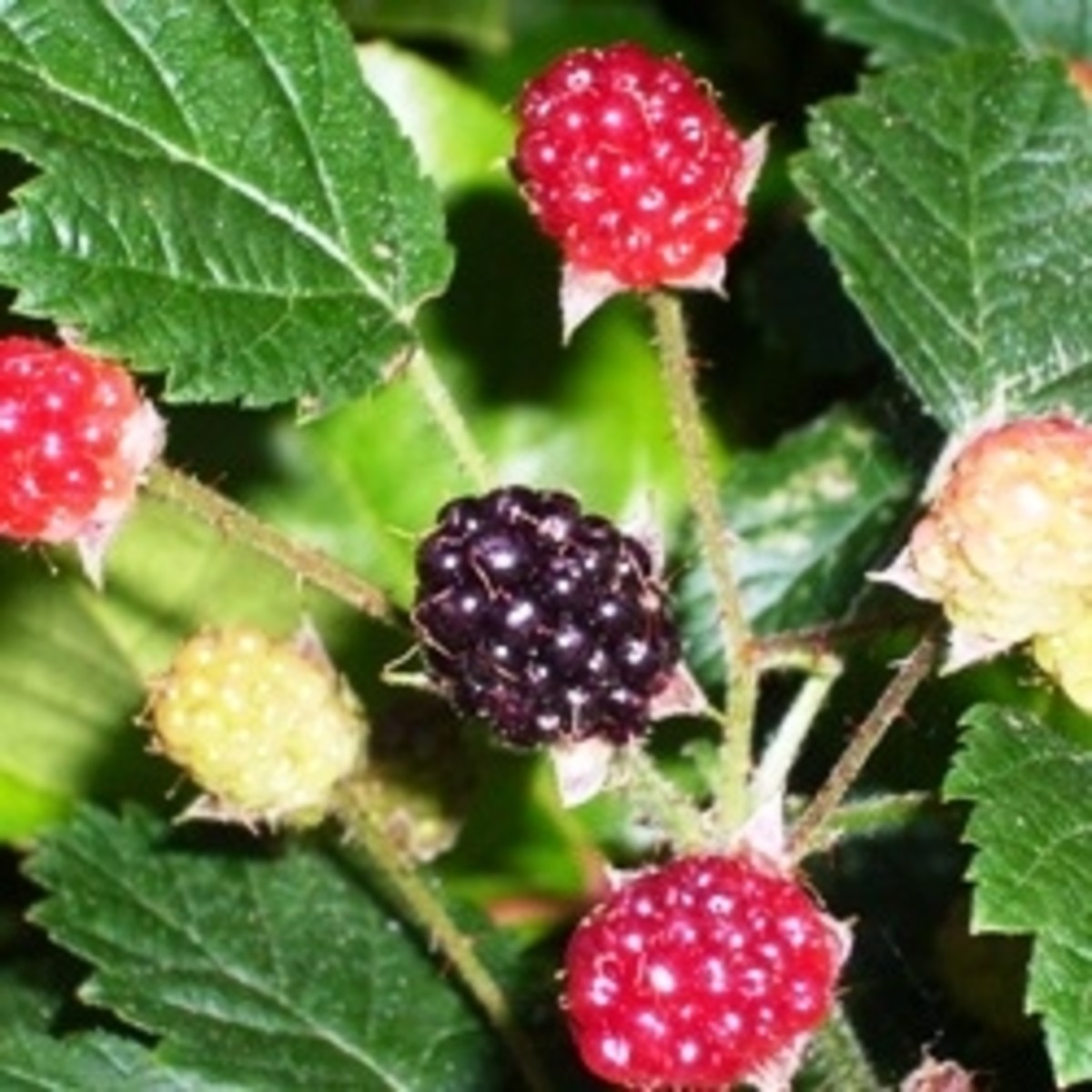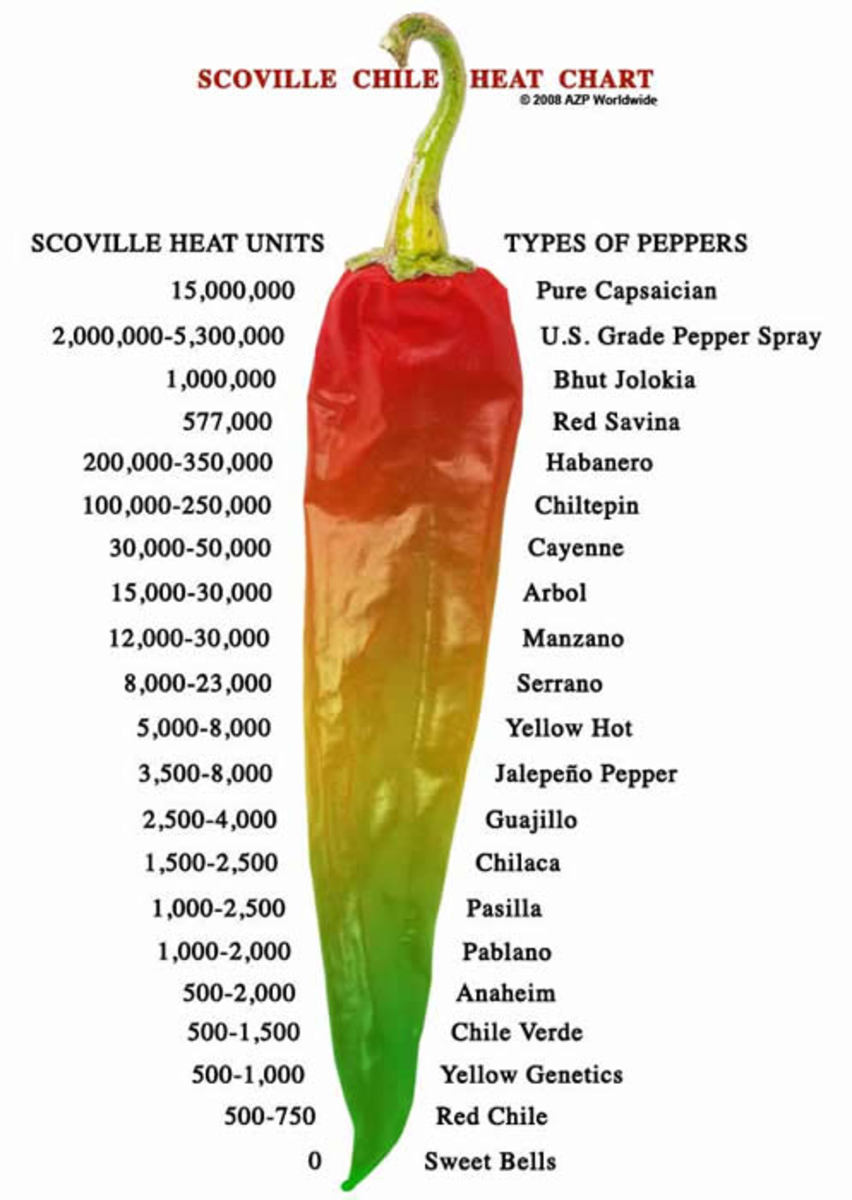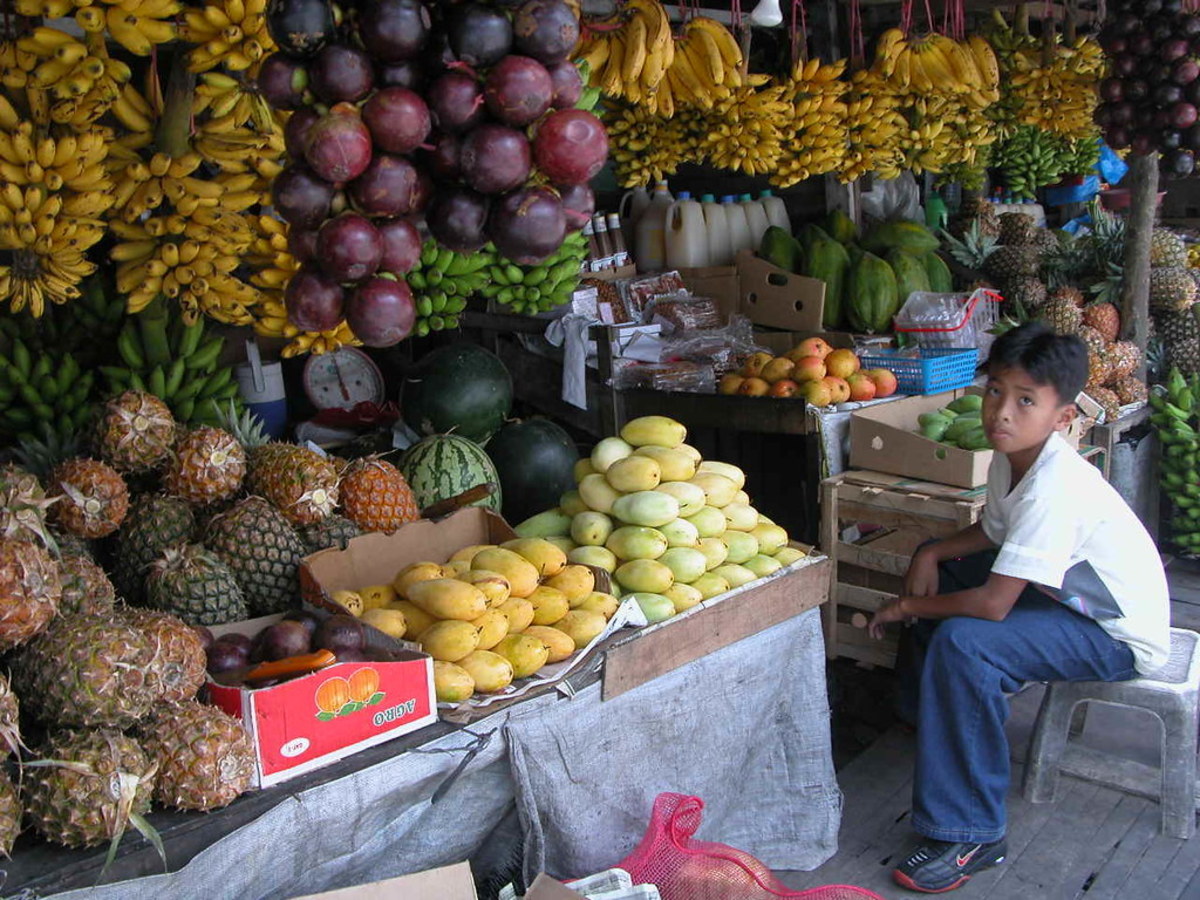- HubPages»
- Food and Cooking»
- Cooking Ingredients»
- Fruit Ingredients
In Season: Apples
This very versatile ingredient is at its peak during early autumn.
As Summer is now well behind us, and autumn is approaching its latter stages, the epicures, gourmands, and omnivores among us witness our tastes evolving to the gourdes ubiquitous to the colder seasons, such as pumpkins and winter squashes, as well as other Autumn and winter bounties: mushrooms, game, roots, and the wonderful preserved produce leftover from summer. But as cooks, striving to pay homage to the bounties of the seasons and reward our local growers for their hard work and determination, we would be doing a dis-service to both by forgetting apples.
Despite being in peak season during autumn, most apple varieties are considered both summer fruits (at their best for only a short season) and winter fruits (which can be held in cold storage for many months without significant loss of quality). This makes it possible to get good quality apples throughout the year. Red Delicious, Golden Delicious, Granny Smith, and MacIntosh are some of the names eponymous with our grocer and supermarket fruits. But in reality, there are over 7,000 varieties of Malus pumila. (Davidson, 26). They are one of the first fruits to be cultivated, and are now the most widely-consumed in Europe, North America, and temperate regions in both the northern and southern hemispheres. According to surveys from the International Apple Institute, apples account for nearly 14-percent of all true fruits sold in this country. (The New Professional Chef, 122).
The common apple may be the most recognized fruit, or perhaps any food, in history. The Christian Bible is not specific about the nature of the "Tree of the Knowledge of Good and Evil." The notion the fruit in question was an apple came much later. However, paintings of "The Temptation of Eve" always show an apple. The first written mention of apples, specifically, was in Homer's Odyssey. In later Greek writings, a distinction was made between the apple and the related quince. The Romans considered the apple a luxury fruit, better than the fig. After the fall of the Roman Empire, the cultivation of apples lapsed into disarray. They did continue to be grown, and certain distinct types were recognized. There are recipes for apple dishes in 14th-century works such as the Menagier De Paris and the Forme De Cury, such as apple sauce, fritters, rissoles, and drinks. By the 16th century, new varieties of apples were developed, mostly in France, and soon spread to England.
Apples, pears, and quinces are closely related members of the rose family, domesticated in prehistoric times. Judging from archaeological evidence, by the time of the earliest civilizations in the Mediterranean region, apples were cultivated and used as early as 3500 BCE. (McGee, 250). The now-cultivated apple's wild ancestors were tiny, sour fruits, such as the crabapple. We are now familiar with a much larger and sweeter product. Through interbreeding, the modern apple partially descended from the original wild crabapple of Europe, Malus sylvestris. However, the main ancestor of the modern fruit was Malus pumila var mitis, a native of the Caucasus where it still grows wild. Emigrants to America brought along apple pips on their voyages to the New World in order to domesticate the fruit. This gave rise to entirely new varieties, further diversified by interbreeding with native American crabapples. The spread of apple cultivation in America was encouraged by John Chapman, a.k.a. Johnny Appleseed, who collected large amounts of seeds from cider mills and journeyed up and down the country, planting them wherever he went.
Apples are climacteric fruit. They contain starch stores that can be turned into sugar after harvest. The reddish color of some of the fruits are due mainly to water-soluble anthocyanin pigments, whereas their lighter-colored relatives owe their pigments to fat-soluble carotenoids, including beta-carotene and lutein. Their trees are probably the most widely distributed fruit trees on the planet. There are 35 species in the genus Malus. Malus x domestica, the species that gives us most of our eating apples today, seems to have originated in the mountains of Kazakhstan from crossings of an Asian species with several relatives. Despite their lengthy history, production of consistent and reliable apple trees is a challenge even to this day. There is a natural tendency for offspring to revert to their wild state. Also, the flowers of most varieties can only be fertilized by the pollen of other varieties.
Most dishes made with apples we're familiar with today are of early origin. In classical times, Apicius scribed a recipe for a dish of pork and apples. This is an example of cooking apples with fatty meats, so the sharpness of the fruit offsets the fattiness of the meat. Perhaps no dish made with apples is as well known as the apple pie, derived from the medieval "raised pie" and various sweet and savory dishes enclosed in "coffyns," or pastry cases.
When planning your next dinner party or family gathering this fall, the epicures, gourmands, and omnivores among us should keep apples at the forefront of our culinary repertoire. An extremely versatile plant, the apple could make an appearance in every course served to our guests, from appetizers, salads, soups, entrees, and of course, don't forget the apple pie.
Sources
The New Professional Chef. Sixth Edition. The Culinary Institute of America. Pgs. 122-123.
On Food and Cooking. McGee, Harold. Scribner. 2004. Pgs. 249, 353-4.
The Oxford Companion to Food. Davidson, Alan. Oxford University Press. 1999. Pgs. 26-31.
Brown Sugar Apple Tart
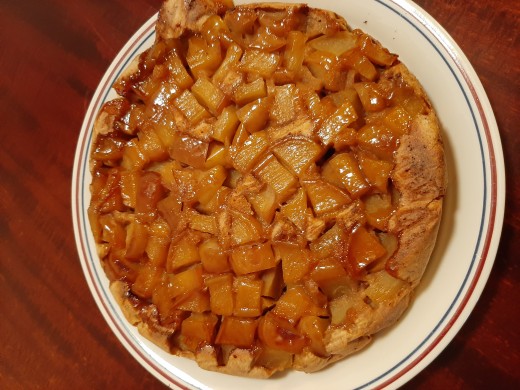
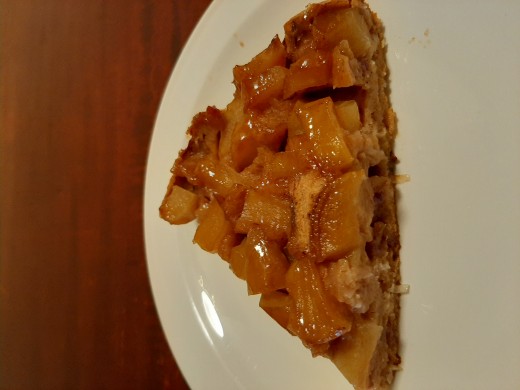
© 2012 Chad Bunch



